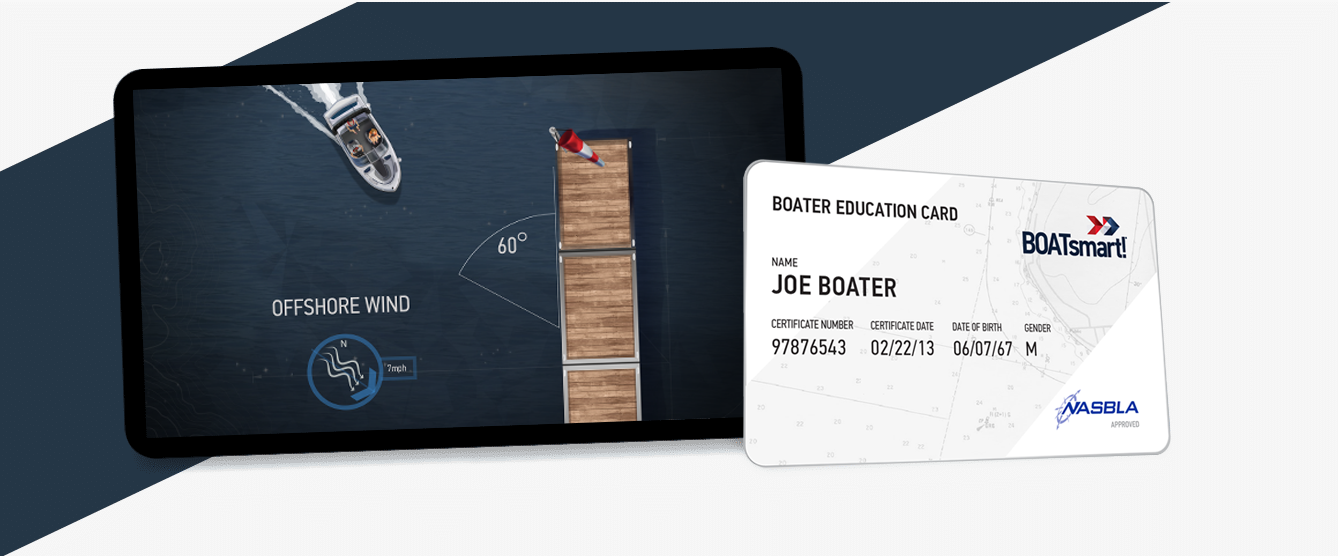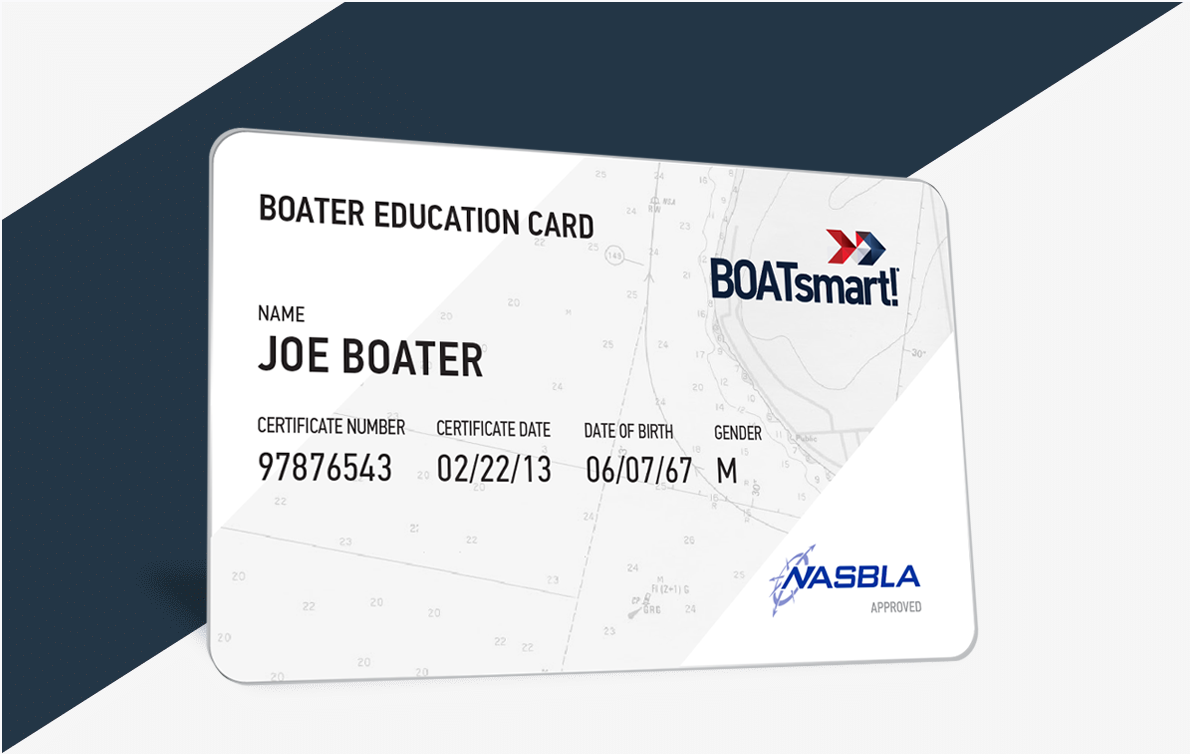BOATsmart! USA Knowledge Base
Module 06 - Other Water Activities Emergency Preparation
How to Respond to a Running Aground Emergency
STEP 6: Determine if there is any danger of being hit by other boat traffic.
STEP 7: Inspect the equipment and hull for any damage—look for accumulating water.
STEP 8: If the hull is undamaged, assess your next course of action:
- Is it possible to safely dislodge the boat from the obstruction?
- Is it necessary to lighten the boat by removing the equipment and passengers?
- Is it safe for your passengers to help you push the boat off the obstruction?
- Is it possible to use the reverse thrust of the engine to help free the boat from the obstruction?
Step 9: If necessary, signal your need for help using a recognized distress signal.


Get your Official North American
Boating License
The Official NASBLA and State-Approved Boating Course, Test & License.
Get your Official North American
Boating License
The Official NASBLA and State-Approved Canada Boating
Course, Test & License.



